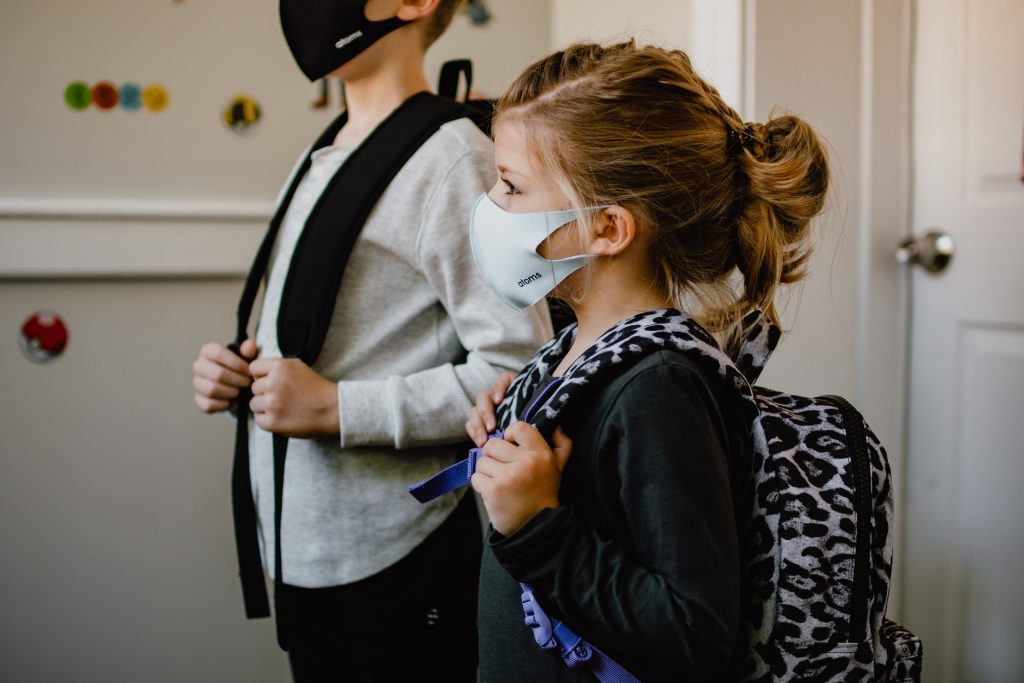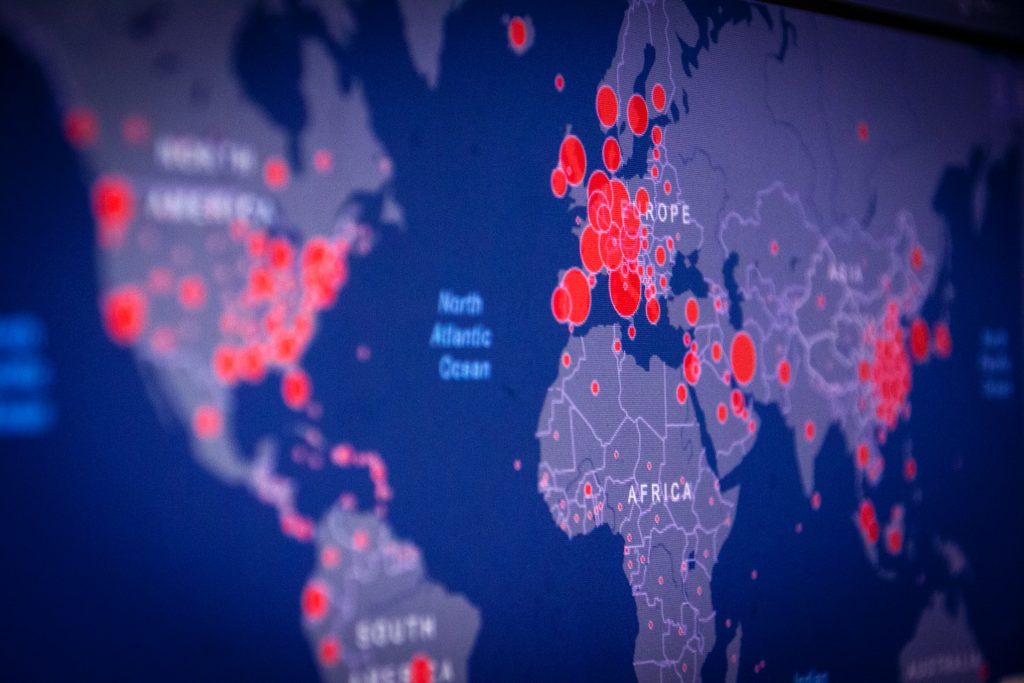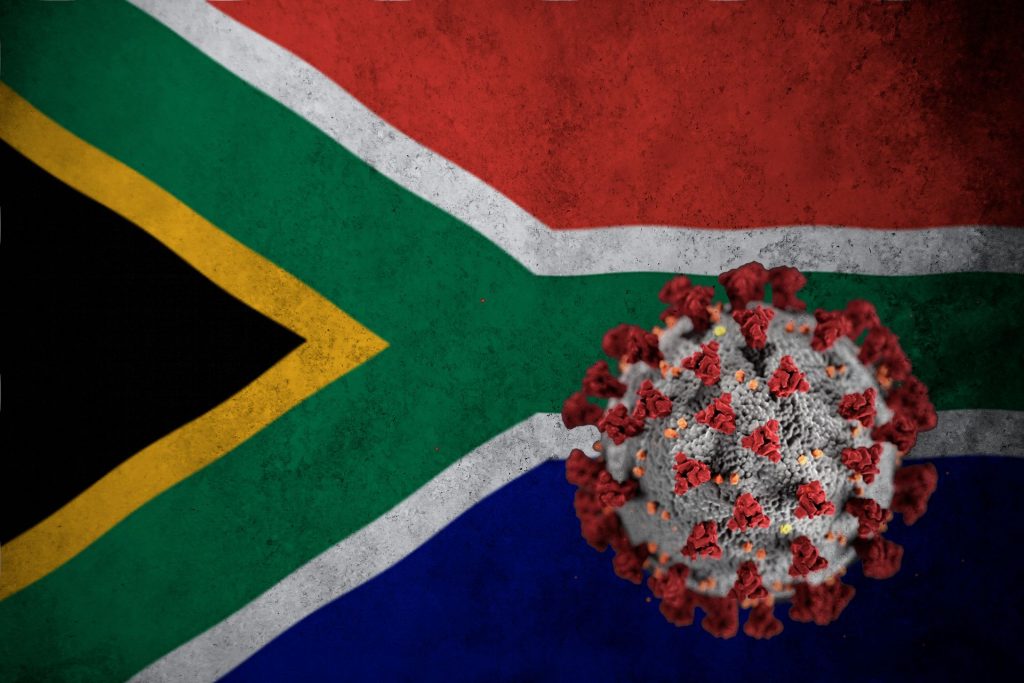COVID Controls Linked to Decline in Immunity to Life-threatening Paediatric Infections

Scientists have uncovered a link between COVID-19 control measures and a surge in serious infections in children following the pandemic.
The findings, which come from a large European study led by researchers at Imperial, suggest that non-pharmaceutical interventions (NPIs) including lockdowns, school closures and social distancing may have inadvertently delayed the development of young children’s immunity to specific infectious diseases, leaving them more vulnerable to severe illness.
The researchers explain that while this impact was anticipated for viral infections (such as influenza and RSV), a surge in other infections, including the bacterial infection Strep A, had not been expected.
The authors advise the need to carefully weigh the impact of restrictions on children during future pandemics and stress the importance of development and delivery of vaccines to reduce the impact of severe infections across all age groups.
The findings are published in the journal JAMA Network Open.
Associate Professor Tom Parks from Imperial’s Department of Infectious Disease, co-lead author on the study, said: “During the COVID-19 pandemic there was huge uncertainty about the spread and severity of a new disease and difficult decisions had to be made to protect vulnerable groups, as well as to maintain the health service. Restrictions like lockdowns and social distancing played a vital role in limiting the transmission of the SARS-CoV-2 virus, which undoubtedly, saved countless lives, reduced the impact on health systems including the NHS and bought countries time to roll out vaccine programmes.
“However, our study shows they also disrupted how children built immunity during these critical early years. Children aged 3-4 tested for Strep A immunity after the pandemic were approximately a year behind children tested before the pandemic. This difference in immunity appears to have contributed to the alarming rise in severe Strep A infections seen across Europe during 2022 and 2023.”
Strep A infections
Strep A (Group A Streptococcus) is a common type of bacteria that typically causes throat infections and scarlet fever. While most infections are mild, in rare cases Strep A can cause invasive infections which can be fatal. Each year, around half a million people, including many children and young people, die around the world because of serious Strep A infections.
Previous research has shown that while rates of Strep A infections fell dramatically during the pandemic, many countries recorded a surge in infection rates once restrictions were lifted.
In the latest study, the team examined immune responses in 452 children aged 0-4 year old across 10 European countries that participated in two EU-funded studies: PERFORM and DIAMONDS.
They found that children aged 3-4 who were exposed to NPIs during the pandemic had significantly lower levels of antibodies to Strep A compared to children of the same age who were sampled before the pandemic. The findings correspond exactly with the age group that experienced the greatest increase in life-threatening Strep A infections after NPIs were removed in England.
The researchers also found similar delays in immunity to respiratory syncytial virus (RSV), another common and potentially serious childhood infection, and a small reduction in immunity to some common cold viruses.
Professor Shiranee Sriskandan, co-director of Imperial’s Centre for Bacterial Resistance Biology and co-lead author said: “Strep A is one of the leading causes of unexpected death from sepsis in otherwise healthy children, and we know that sadly disease progression can be exceptionally rapid, making prevention – rather than intervention – our best option to reduce deaths. This study underlines the importance of immunity among young children in preventing outbreaks of serious strep A infections and highlights the value of developing a vaccine for Strep A.
Professor Mike Levin, from Imperial’s Department of Infectious Disease, who led the DIAMONDS and PERFORM studies, said: “Many of the children who had Strep A infections also had viral infections at the same time. Children appear to have been vulnerable to several infections all at once most likely because they had encountered fewer infections and so had little chance to build up immunity.”
Source: Imperial College London



